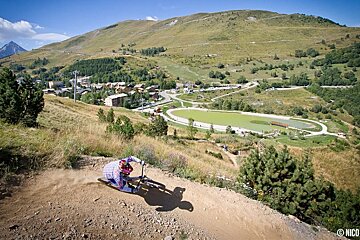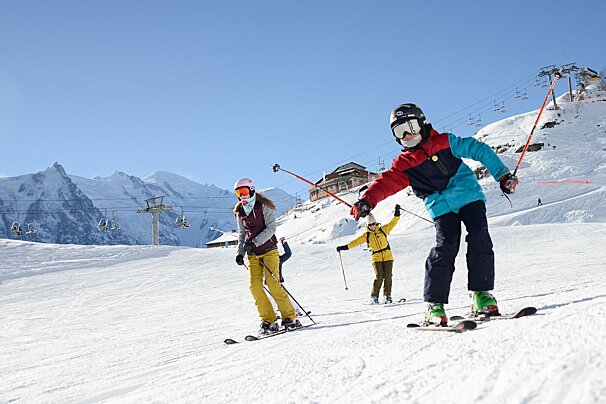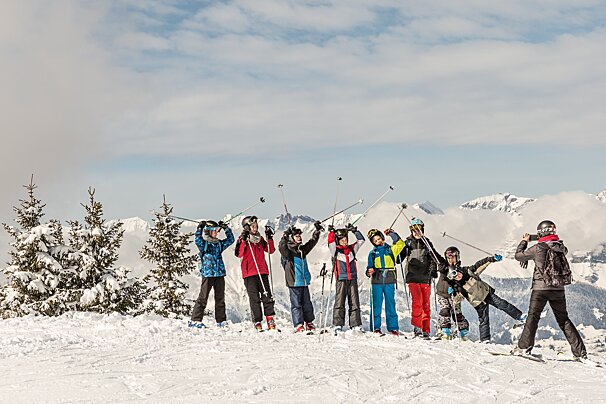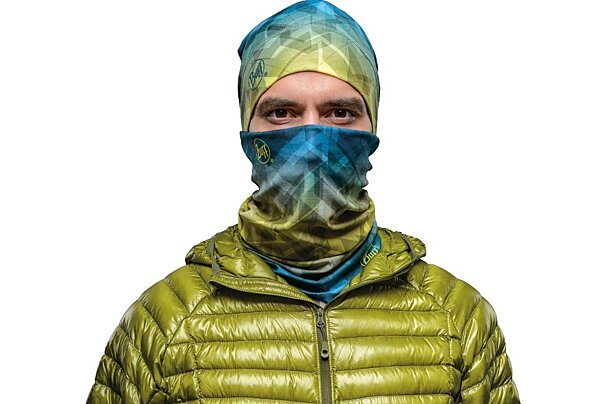
© Nico Lafay
Tips and Techniques for Mountain Biking
Ride your bike harder and faster
Having removed your stabilisers, here's a few ideas on how to tackle the local terrain...
Climbing hills on your mountain bike
Traction is the key to successfully climbing hills on a mountain bike, this can be hard to achieve on loose rocks, roots and mud as is common place in most mountain biking areas. The biggest problem to overcome is the rear wheel spinning and slipping as you climb, or the front wheel lifting and you ending up doing an unforced wheelie. To get the right traction, you just need to learn how to distribute your weight evenly across the bike whilst feeding power to the right areas of the bike; oh yeah whilst picking the best line, pedalling at the right time and in the right gear. Piece of cake eh?!
- Shift your weight slightly to the back of your seat and lean your upper body forward - Remain seated. Learning how far to slide back and how much to lean is where the finesse of hill climbing becomes a real skill. It takes practice to learn how simple variations in forward and backwards movements of your body can help you get over obstacles and up steep hills
- Drop your elbows and keep them close to your side, lowering the centre of gravity - as you become more expert you can start to shift your weight slightly further forward which should additionally help with the front wheel lifting
- Keep your head up to pick your line - we all do it, we all look at the next dangerous obstacle and panic about how we're going to negotiate round it. For beginner riders this invariably means that you tend head straight for it. Turning the handlebars to avoid an obstacle can more often than not upset your balance rather than just going over it. Where it's not possible to power on over, you should see the obstacle and focus your attention immediately on the best route around it. Keep your focus on this point of reference and you will usually successfully navigate the tricky obstacle
- Get in the right gear - When approaching a hill a common problem is to flick into the lowest gear (aka 'the granny ring') and attack the hill. Instead, select the gear that's just low enough that doesn't mean you have to stand on the pedals. Keep your pedalling motion constant and rhythmic.
Riding downhill on your mountain bike
Downhill mountain bike riding has to be one of the most exhilarating, adrenaline pumping activities you can do on a mountain bike. It's also one of the most dangerous, where wipe outs are all too common. Before heading out to do some serious downhill mountain biking you should make sure you have all the correct safety equipment. Full face helmet, relevant limb protection and suitable back and torso protection. It's pretty obvious, but make sure that your brakes are in full working order too, you don't want to spend several days licking your wounds!!
- Place your weight over the rear of the bike - Keep your rear end as far back as you can without losing control of the front of the bike
- Stay Low, holding the front of your body as close to the bike as possible - On steep sections, place your belly on the saddle
- Keep your legs and arms relaxed and flexible - Even though you may be riding a full suspension downhill mountain bike, your arms and legs are the most effective shock absorbers you have, and flexibility in your legs is key when riding over humps and bumps. When riding over the bumps, get your weight back over the rear wheel, and either grip the saddle with your thighs, or place your belly on the saddle keeping your knees bent and relaxed. Your elbows should also be slightly bent
- Keep your feet in line with the ground - Unless negotiating sharp tight switchbacks or corners your feet should be in a 'platform' position at roughly 3 and 9 o'clock. If you start to loose control it's easy for you to just jump off the back of the bike. Trying to dismount over the top of the bike is not always the most practical on the steep stuff.
- Brake evenly using both the front and back brake - Sure, you'll want to rip down the trail at high speed but control your speed in case of unknown obstacles, there could be another rider or leisurely hiker that's lurking around the corner. Some people prefer to use the back break to stop them being thrown over the front handlebars, but theoretically, if you weight is correctly positioned across the bike then there is no problem using both. Additionally, if you overuse one or other break it could potentially overheat and fail
- Pick a line and stick to it - As you descend, look ahead 15 to 20 feet. The route you choose and your brake control contribute to a fluid descent as well.
Riding switchbacks on your mountain bike
 Tight switchback turns are tricky enough for even the most competent of riders. Tight, steep trails taking you up or down the mountain mean that switchbacks are commonplace in the Alps. It is not a good idea to skid round a switchback not only does it rip up the track, but you end up with less control and run the risk of falling off. If you're not an expert at bunny hopping, then you'll need to slow right down.
Tight switchback turns are tricky enough for even the most competent of riders. Tight, steep trails taking you up or down the mountain mean that switchbacks are commonplace in the Alps. It is not a good idea to skid round a switchback not only does it rip up the track, but you end up with less control and run the risk of falling off. If you're not an expert at bunny hopping, then you'll need to slow right down.
- Stay on the uphill side of the trail as you approach the switchback this will allow you to make the widest circle possible and avoid any obstacles lurking in the inside of the corner
- Place your weight over the rear wheel and put your outside pedal forward (that's the pedal closest to the corner!). This is important to ensure that you remain flexible to move the bike and rotate your upper body
- Pick your line - As you approach the corner, ensure your weight is on your outside pedal and slightly back on the saddle. Put your wheel to the outside of the corner and lean your the opposite direction until you are almost falling to the inside. Ease off the brakes and let the your bike roll under yourself. Remember to look at the exit of where you want to go, try to avoid looking at the drop off! When you have passed the tightest point of the inside corner and are beginning to come out of the corner, let off the brakes and start accelerating away.
- Some riders will naturally favour one foot over another and therefore find switchbacks to the right (left foot forward) easier than switchbacks to the left (right foot forward).




























